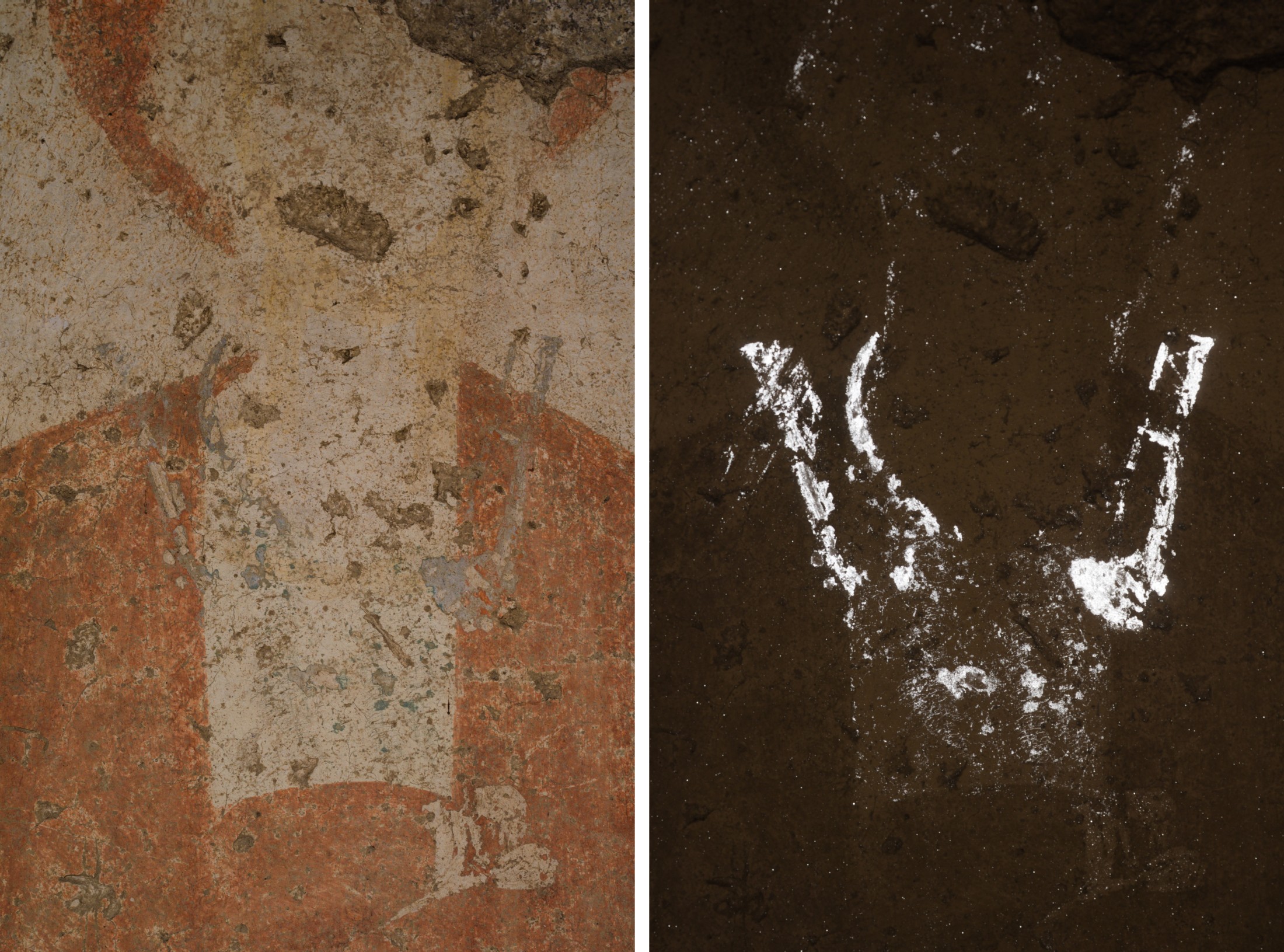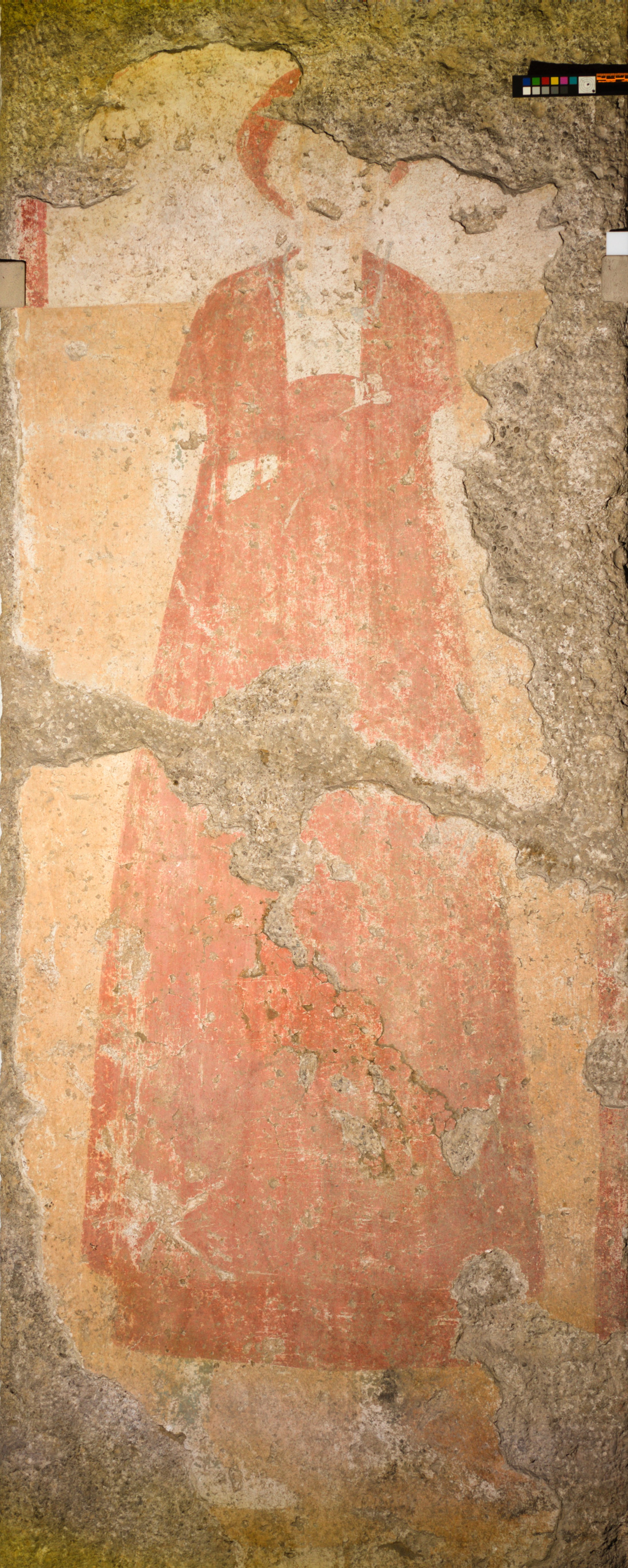Begin: 15.04.2019
Project of the Federal Monuments Office, Department of Archaeology (GZ: BDA-00841.sb/0022-ARCHÄO/2019)
Coordination: Dr Eva Steigberger
Coordination: Dr Eva Steigberger
Funding applicant: Verein Brunner Heimathaus
Project management analytics: Dr Robert Krickl (Krickl Research Institute, Brunn am Gebirge)
Project partner for X-ray fluorescence analysis: Prof. Dr Gerald Giester (Institute for Mineralogy and Crystallography, University of Vienna)
Project partner for clothing research: Dr Karina Grömer (NHM Vienna), Helga Rösel-Mautendorfer
Cooperation partners:
Heimathaus Brunn am Gebirge https://www.brunnamgebirge.at/themen/kunst-kultur/heimathaus/
Museumsverein Lauriacum https://www.museum-lauriacum.at/
Museum Mannersdorf am Leithagebirge https://www.stadtmuseummannersdorf.at/
Museumsverein Lauriacum https://www.museum-lauriacum.at/
Museum Mannersdorf am Leithagebirge https://www.stadtmuseummannersdorf.at/
Research object
Several similar objects were selected for research in order to ensure reliable, comprehensive results (not all analyses could
be carried out a single object):
* Gravestone from Brunn am Gebirge decorated with a female figure
* Gravestone from Mannersdorf am Leithagebirge decorated with a male figure
* Gravestones from Ottakring with remnants of polychrome paint
* Roman wall painting from Enns
The project will focus in particular on "Egyptian Blue", with scientific laboratory analyses used to verify the applicability
of imaging, non-invasive methods (no samples taken).
Project goal
Modern, contactless, non-destructive methods of material analysis open up new options for archaeological research. This project
aims to test the promising state-of-the-art methods for application in the field of monument conservation and to establish
the limits of these methods through a series of case studies.
Several Roman gravestones from the 1st and 2nd century AD and wall paintings from Enns from the 2nd-4th century AD are being
examined for traces of antique painting. The main aim is to highlight details that are no longer clearly visible, for example
folds in clothing, jewellery and decorative details. This is important to establish the precise nature of clothing at the
time.

Gravestone from Brunn am Gebirge, 1st/2nd century AD
Left: Photo with visible light; right: An infrared luminescence image shows where the "Egyptian Blue" pigment was used. It reveals structures and details of the wing fibulae and necklace (R. Krickl).
Methodology
This project uses the following scientific methods:
* Handheld X-ray fluorescence spectrometer,
* Micro-Raman spectrometer,
* New specially developed systems for multispectral photography and hyperspectral analysis.
They make it possible to identify the chemical composition and the structure of the pigment phases as well as providing information
on their distribution and enabling the detection of even the tiniest traces that cannot be found using conventional methods.
The new analyses allow valuable data to be collected across many orders of magnitude – from micrometres to square metres.


